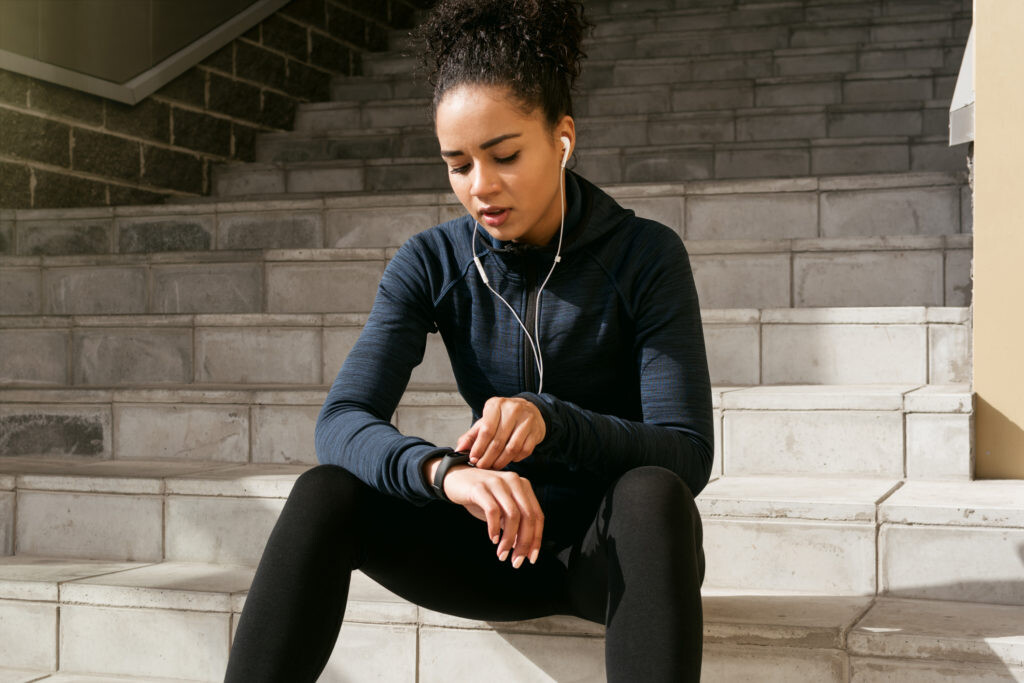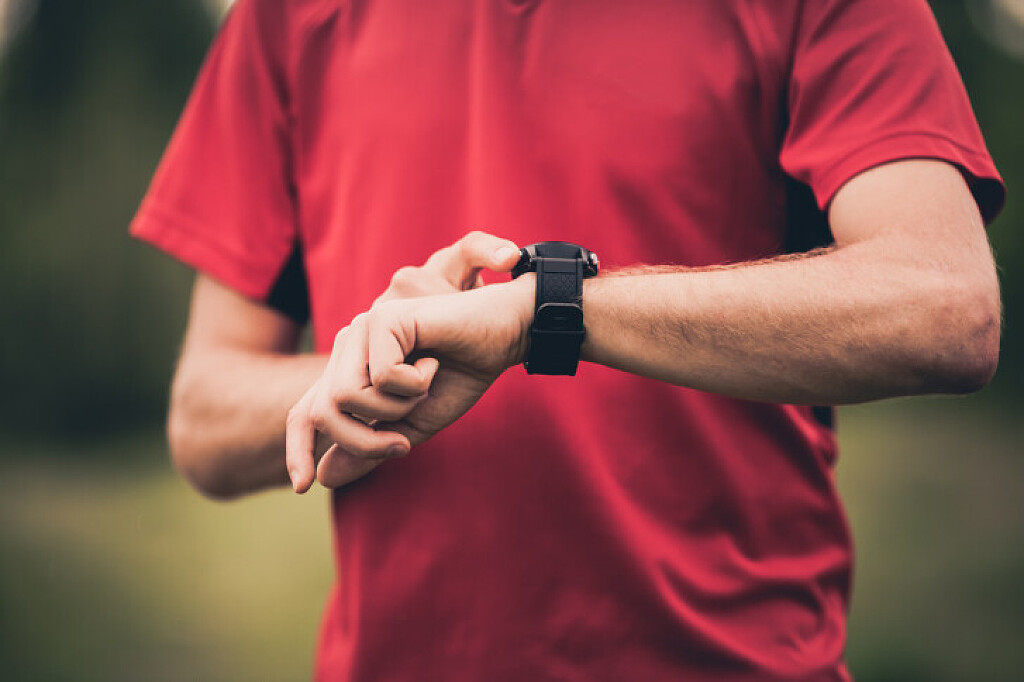Running News Daily
Running News Daily is edited by Bob Anderson. Send your news items to bob@mybestruns.com Advertising opportunities available. Train the Kenyan Way at KATA Kenya and Portugal owned and operated by Bob Anderson. Be sure to catch our movie A Long Run the movie KATA Running Camps and KATA Potato Farms - 31 now open in Kenya! https://kata.ke/
Index to Daily Posts · Sign Up For Updates · Run The World Feed
What is your heart rate telling you?
Almost every smartwatch and fitness tracker these days has a heart rate monitor built into it. This data can be very useful for runners to gauge effort level and training adaptations, but if you want to get the most out of this information, you need to understand what exactly it’s telling you. Confused by the numbers? Consider this a crash course in heart rate data.
Resting heart rate
Before you can make sense of the numbers your watch is spitting out at you during a run, you need to know what your baseline, or resting heart rate (RHR), is. Most people have a resting heart rate that sits between 60 and 100 beats per minute (bpm), however, some runners’ heart rates can be in the 50s or even 40s, particularly highly-trained athletes.
To get your true resting heart rate, you should measure it first thing in the morning, before you’ve even gotten out of bed. A heart rate monitor is the easiest way to do this, but you can also take your heart rate manually by following these steps:

Place your first two fingers inside your wrist and find your pulse
Using a stopwatch or the second hand of a clock, count the beats for 30 seconds
Multiply by two to find your RHR.

Max heart rate
Your max heart rate is the highest number of beats per minute your heart can pump under maximum stress. The standard formula for calculating your maximum heart rate is 220 minus your age in years, so if you’re 30 years old, your maximum heart rate should be around 190 bpm. It’s important to note, however, that this is a general guideline and not a hard-and-fast rule, and studies have shown that this formula often overestimates for women and underestimates for men.
Unlike your resting heart rate, which will change as you become fitter, your maximum heart rate is not a trainable attribute. Instead, a higher-trained individual will require greater stimulus to reach their maximum heart rate and will be able to work at their max HR for a longer period of time. In other words, your maximum heart rate does not indicate how fit you are, but how long you’re able to work at that level does.
Your heart rate during exercise
Most experts agree that during vigorous exercise, you should aim to get your heart rate up to between 77 and 93 per cent of your maximum heart rate. For the 30-year-old runner, then, that equals a heart rate of about 146 to 177 bpm. Of course, everyone is going to be slightly different, so it’s important to consider your heart rate alongside your perceived exertion. For example, vigorous exercise should feel like a seven or eight out of 10, and you can only say one or two words before needing to gasp for breath.
Many runners prefer to train according to their heart rate, and there are several advantages to this method for tracking effort. Pacing yourself according to your heart rate is a great way to control your pace on your easy days, and gives you a more accurate depiction of how hard you’re working on your workout days. Training according to your heart rate is also a good way for beginners to get into the sport gradually. When you first start running, shorter runs at slower paces will increase your heart rate more, and as you continue to run, you can increase distance or pace gradually according to how your heart responds to the activity.
When should you be concerned about your heart rate?
Sometimes it can be alarming to see your heart rate spike considerably during exercise, but for the most part, this increase is normal. An abnormally high heart rate, a condition called tachycardia, can happen, but this is usually associated with a high resting heart rate. If, however, you feel your heart rate is too high for the activity you’re doing, you should take note. If it happens again, you may want to talk to a doctor.
Your resting heart rate can also indicate if you’re overtraining, which is why it’s always a good idea to record your resting heart rate before you begin a new training cycle. If it increases by more than seven bpm once you’ve started the program, overtraining is likely the cause. Finally, if you notice a high heart rate accompanied by dizziness or nausea, you should talk to a doctor right away.
Your heart rate is an excellent tool to inform and guide your training, but always remember that you should listen to your body above everything else. If you’re feeling sore and tired from your training, you’re likely overdoing it (or under-recovering), and if something feels off, it probably is.
by Brittany Hambleton
Login to leave a comment




